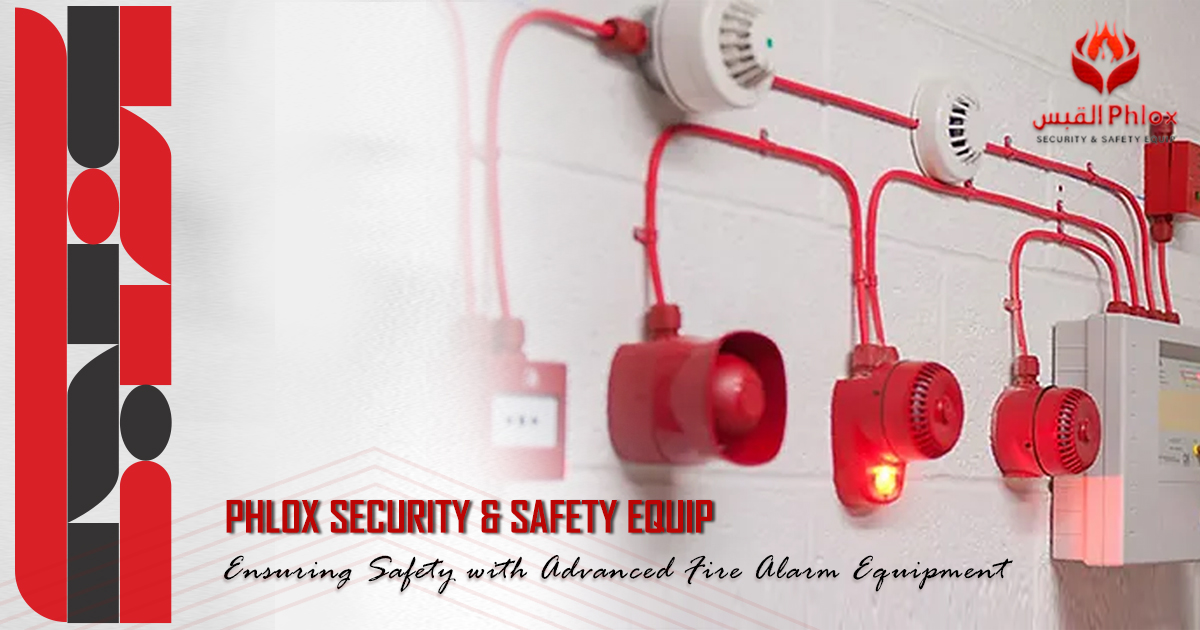
Ensuring Safety with Advanced Fire Alarm Equipment
In today’s world, firealarm equipment stands as a cornerstone of protection in residential, commercial, and industrial settings. These devices are not just simple alarms; they are sophisticated systems designed to detect and alert occupants to the presence of fire or smoke swiftly. The evolution of fire alarm technology has brought about significant advancements, making them more reliable and effective than ever before.
Fire Alarm Detection Technology:
Modern fire alarm systems utilize cutting-edge detection technologies such as smoke detectors, heat detectors, and flame detectors. Smoke detectors are perhaps the most familiar, capable of sensing even the smallest traces of smoke particles. Heat detectors, on the other hand, respond to increases in temperature. Which makes them ideal for environments where smoke might not be the first indicator of fire. Flame detectors are sensitive to the presence of flames, adding an extra layer of security in environments where quick response is crucial.
Communication and Integration:
One of the key strengths of contemporary firealarm systems lies in their ability to communicate seamlessly with other building systems. Integration with HVAC (Heating, Ventilation, and Air Conditioning), lighting, and security systems allows for coordinated responses in emergency situations. This integration not only enhances safety but also facilitates faster evacuation and more efficient firefighting efforts.
Fire Alarm Emergency Notification:
In the event of a fire or smoke detection, prompt notification is essential. Modern fire alarm systems are equipped with multiple notification methods, including loud audible alarms, strobe lights for visual alerting, and even automated messages to emergency services. These features ensure that everyone in the vicinity is alerted quickly and can take appropriate action without delay.
Maintenance and Reliability:
Regular maintenance is crucial to ensure the reliability of fire alarm equipment. Advanced systems often include self-testing capabilities that monitor the operational status of detectors and components. This proactive approach reduces the risk of false alarms and ensures that the system is always ready to respond effectively in case of an emergency.
Lastly, fire alarm equipment represents a critical investment in safety for any environment. By leveraging advanced detection technologies, seamless integration with other systems, and reliable emergency notification capabilities, these systems provide peace of mind and invaluable protection against the devastating effects of fire. As technology continues to advance, so too will the capabilities of fire alarm equipment, further enhancing their role in safeguarding lives and property.




